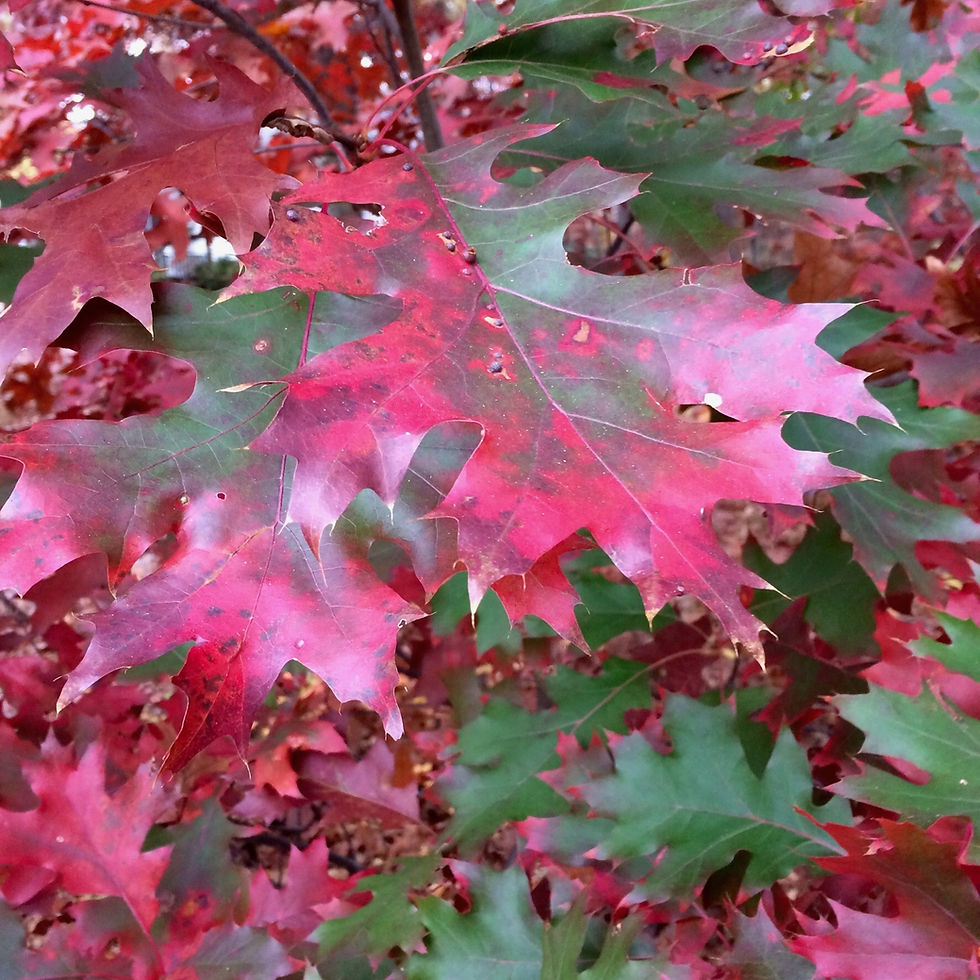Native Plant of the Week: Kinnikinnick or Bearberry
- Kimberly Simmen
- Feb 16, 2021
- 2 min read
Updated: Mar 8, 2022
Name: Arctostaphylos uva-ursi aka Kinnikinnick or Bearberry
Family: Ericaceae
Native Region: North America
Hardiness: Zones 2-7
Soil Condition: dry-moist, rocky, sandy, acidic
Light: Sun to Partial Shade
Height: 6-12”
Bloom Time: April-June
Flowers: urn-shaped, white tinged with pink followed by ¼” bright red berries

Arctostaphyllos uva-ursi is a very slow growing, trailing, evergreen ground cover found in sandy locations like the edges of the Long Island Pine Barrens of Suffolk County, NY. It is often used for erosion control. Foliage is a shiny deep green throughout the growing season and in the winter it takes on a reddish hue. Salt and wind tolerant.
A. uva ursi does not like it’s roots disturbed but is easily propagated by rooting softwood cuttings, layering (roots at the nodes) and for the adventurous, by seed (needs stratification and scarification). Please do not take plants from the wild as they do not transplant well.
The common name Kinnikinnick is the Algonquin word for ‘smoking mixture’. It is also called Bearberry because the berries are eaten by bears, of course, this is in the more northern parts of it’s range.

Maintenance: very low maintenance and like most native plants, do not fertilize. Prune to thin out dead or dying twigs.
Benefits: Host plant to the Hoary Elfin and Brown Elfin. Nectar plant for native bees. Birds and other mammals enjoy the berries.
Companion Plants: best by itself in rock gardens, spilling over a rock wall or as a ground cover in very rocky, sandy spots. Found in the Pine Barrens with Comptonia peregrina, Schizachyrium scoparium, Vaccinium angustifolium and other native woodland edge plants.
Cultivars: ‘Massachusetts’ - more disease resistant with smaller leaves than species; flowers and fruits well, showier plant
=============================================================
References:











Comments